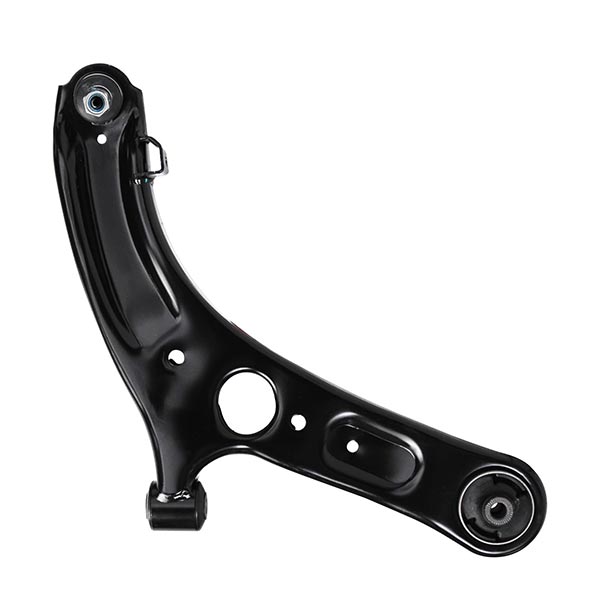Control arms are pivotal suspension components that connect the chassis to the wheel hubs, facilitating controlled wheel movement over uneven surfaces while maintaining alignment and handling. They feature bushings or ball joints at connection points to allow vertical movement and pivot, crucial for absorbing forces during acceleration, braking, and cornering. Typically made from durable materials like steel or aluminum, control arms endure substantial stress and wear over time.
The replacement cycle for control arms depends on various factors including vehicle make and model, driving conditions, and maintenance practices. Generally, control arm components such as bushings and ball joints should be inspected regularly for signs of wear or damage, including noise, vibrations, or irregular tire wear. Replacement intervals vary but may range from 80,000 to 150,000 kilometers (50,000 to 100,000 miles) or sooner if issues arise. Timely replacement helps maintain safe handling, steering responsiveness, and overall suspension integrity, contributing to vehicle safety and comfort on the road.


 Control Arm
Control Arm
